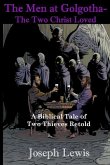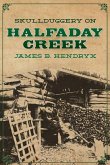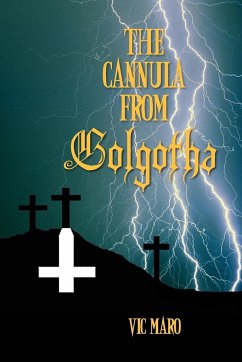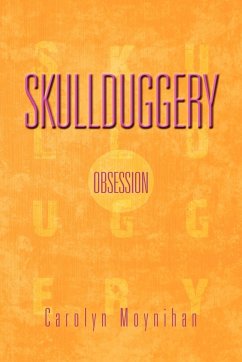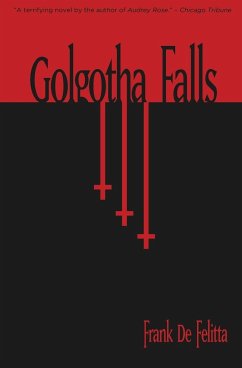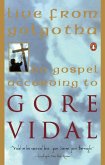The Trilogy of the Cross With the eloquence of a gifted preacher, and in the ancient tradition of an Irish Storyteller, Pastor Blaine MacNeil has written a captivating trilogy of novels by retelling the story of Jesus' betrayal, passion, death, resurrection and ascension. Pastor MacNeil has taken the Gospel accounts of Jesus' life and betrayal and added such drama to it that it fills the imagination with how the details of this story might have actually played out. As a gifted writer, he captivates his reader's mind and then stirs their souls to the very end. With the scriptures as the basis of his story, he has added intrigue and explanations that are true to the times, culture and customs of lands they pass through. By combining his pastoral scholarship (Masters in Divinity) with his training as a therapist (M.A.) he has masterfully portrayed the dynamic interactions of all the personalities of this novel. To all this he vividly brings to life the story by his excellent descriptions of the landscapes, the history of the people and the major events that take place that were known to the people then but were not included in the witness of the scriptures. SKULLDUGGERY AT GOLGATHA The Untold Story of Christ's Crucifixion This novel overlaps with its prequel returning to the story at the time Judas is dismissed from the Passover meal and it covers his steps up to the arrest. Jesus' march down the Mount of Olives is contrasted with his triumphal entry only a few days before. Though Jesus was found guilty by the two trials of the Sanhedrin court this is offset by being found innocent, first by Herod and then by Pilate. There is an explanation for the reason Pilate had Jesus thrashed. It was because this was the most severe punishment the Sanhedrin court could enforce. They chose instead to try to have Jesus put to death by Pilate. When the governor refuses they insist. He in turn inflicts the most severe punishment the Sanhedrin could have inflicted. Pilate's resolve to release Jesus is strong. He struggles within himself. As things come to a heated boil he calls up his cohort which is a force of eight hundred soldiers stationed at his headquarters. The chief priests have also assembled a large group of protesters who are on the verge of rioting. While Pilate has won in the courtroom battle he concedes the fight in the political arena when he is told that if he releases the Lord he is no friend to Caesar. Things come to a climax and rather than send his soldiers to slaughter the riotous protesters, he reluctantly sends Jesus to the cross to keep the peace. This story uniquely points out that if Jesus had been accepted by the Jewish high court as the Messiah then he would have been crowned their king. That would have taken place at the Praetorium where Pilate ruled which is where the Lord was crowned, given a royal robe and a scepter, albeit in a gesture of mockery. This novel shares a poorly known parallel historical event that occurs with Jesus' march to Golgotha and death. There is a national Passover lamb that is sacrificed on that day. It is presented publicly at the Temple and paraded through the city of Jerusalem at noon. This is the same time Jesus is sent to Golgotha. The national lamb is sacrificed at three in the afternoon coinciding with the time of Jesus' death. The cruel nature of both his thrashing and his crucifixion are described in detail. Rather than end the novel at the time of his death or burial this story continues on. There is a chapter that describes what would have taken place on Friday night and on Saturday the day of the Sabbath. It concludes at the point with the women are at the tomb again where they see the soldiers and there is a powerful earthquake which makes them fear the worse.
Hinweis: Dieser Artikel kann nur an eine deutsche Lieferadresse ausgeliefert werden.
Hinweis: Dieser Artikel kann nur an eine deutsche Lieferadresse ausgeliefert werden.


